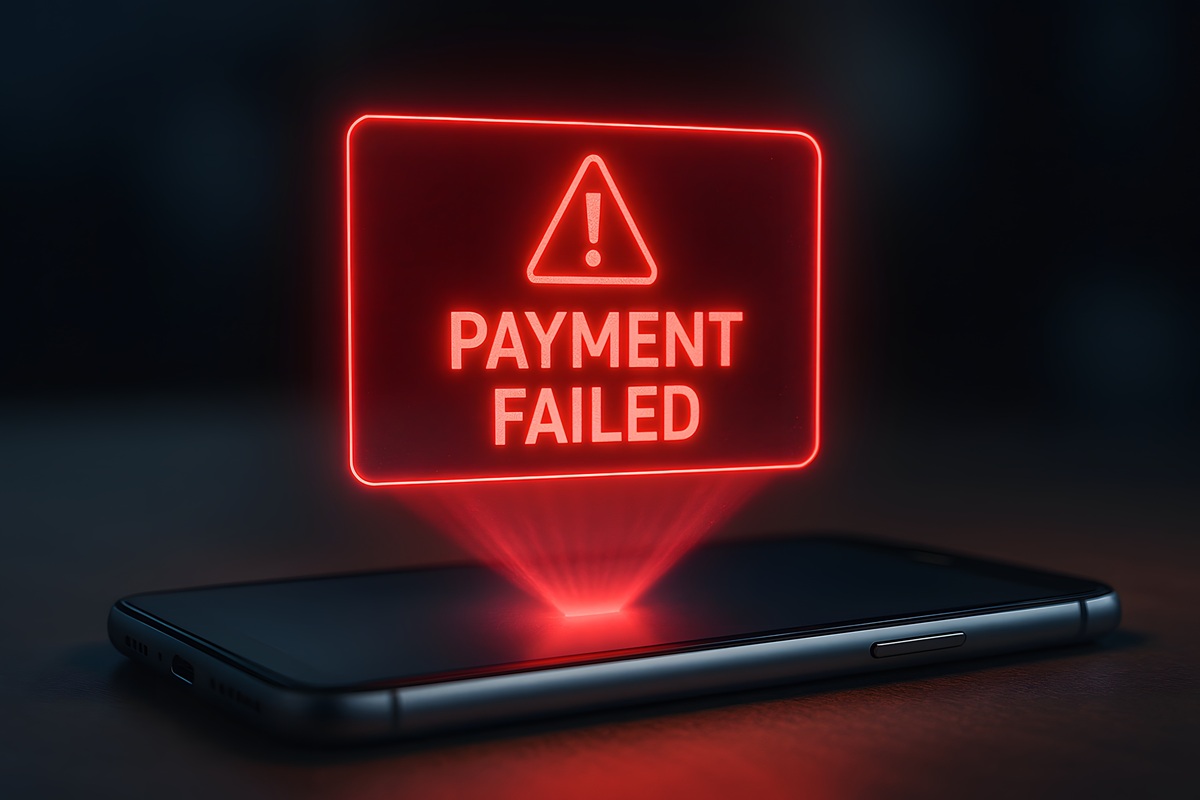October 13, 2025
Why Payment Resilience is the New CX Advantage

Recent payment outages across some of the world’s most recognisable brands have left customers unable to pay in store or shop online, seriously undermining consumer trust.
These disruptions highlight a growing CX problem: payment failures are not rare glitches but a recurring threat to revenue and customer loyalty.
Martin Bradbury, Regional Vice President, UK&I at Dynatrace, notes a single payment problem can ripple across a business. It can send staff scrambling and forcing customers to walk away purchase-free.
Some fresh research from Dynatrace and FreedomPay shows the scale of payment outages, revealing that £1.6bn of revenue is at risk each year in the UK retail and hospitality sector alone.
With the revenue and reputation stakes so high, businesses need to develop CX strategies that have payment resilience at their centre.
The Limits of Today’s Resilience Strategies
Today’s CX requires seamless digital payments that consumers trust. This is why even very ‘minor’ disruptions strike a nerve and can damage customer views of a company.
Indeed, Dynatrace’s research shows that within 6 minutes of a payment outage, customers become frustrated, and by minute 12 many drop their purchase altogether.
Nevertheless, businesses continue to underestimate the impact of these short delays, believing customers will wait 12 minutes before losing patience by which point the negative impact has occurred.
What’s more, when it comes to contingency plans, cash is often viewed as a backup option. But this has become an increasingly ineffective way of safeguarding CX with data indicating that fewer than one in three people carry cash.
In addition, 7% of businesses still have no backup at all, and one in five lack a secure digital failover. Without a comprehensive payment resilience plan in place, even small glitches can escalate into outages that thwart payments and harm revenue and reputation in equal measure.
Building Digital Resilience into CX
Given the complex tech stacks required to enable rapid payments across various channels, businesses cannot outright prevent payment outages. In fact, UK businesses report an average of more than five major outages every year, showing that disruption is not a matter of if but when.
The solution is to make digital resilience a core pillar of CX strategies, with a focus on detecting issues early, finding the fault, and recovering in seconds so payments stay open and customers do not become frustrated or lose trust altogether.
This all starts with observability which provides a live, end-to-end view of the payment journey. With observability in place, teams can see slowdowns or failures in real time and act before queues form or baskets are abandoned.
When real-time visibility is paired with secure backups and rapid response capabilities, resilience becomes a prepared response rather than a scramble. If a full outage occurs, businesses can swiftly identify the root cause. As a result, decisions stay fast, disruption stays small, and consumer trust stays intact.
Speed is critical not only for protecting revenue but also for minimising customer disruption. Dynatrace’s research shows that when payment systems are restored within 10 minutes, businesses can avoid more than 80% of the financial impact of an outage.
And the faster issues are resolved, the less chance there is of customers abandoning purchases or losing faith in the company, with one in three consumers saying they lose trust in a brand after a single payment failure.
Payment resilience is now a competitive advantage in CX. Brands that keep the checkout process reliable protect revenue today and loyalty tomorrow, which in turn protects revenue in the long run. With observability to spot issues early, businesses are empowered to turn disruptions into non-events, reducing losses, avoiding queues, and proving to customers they are right to trust in the company.



